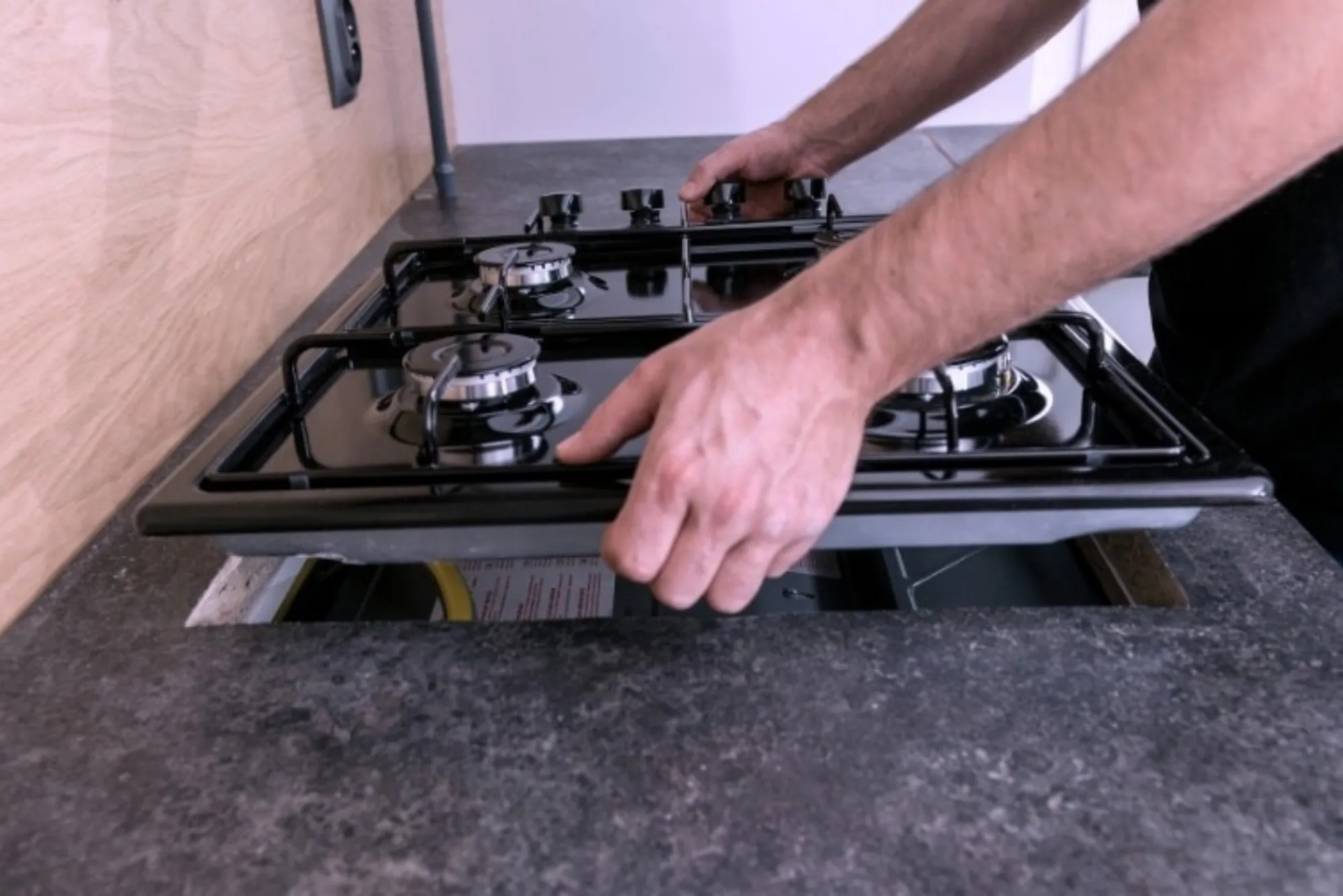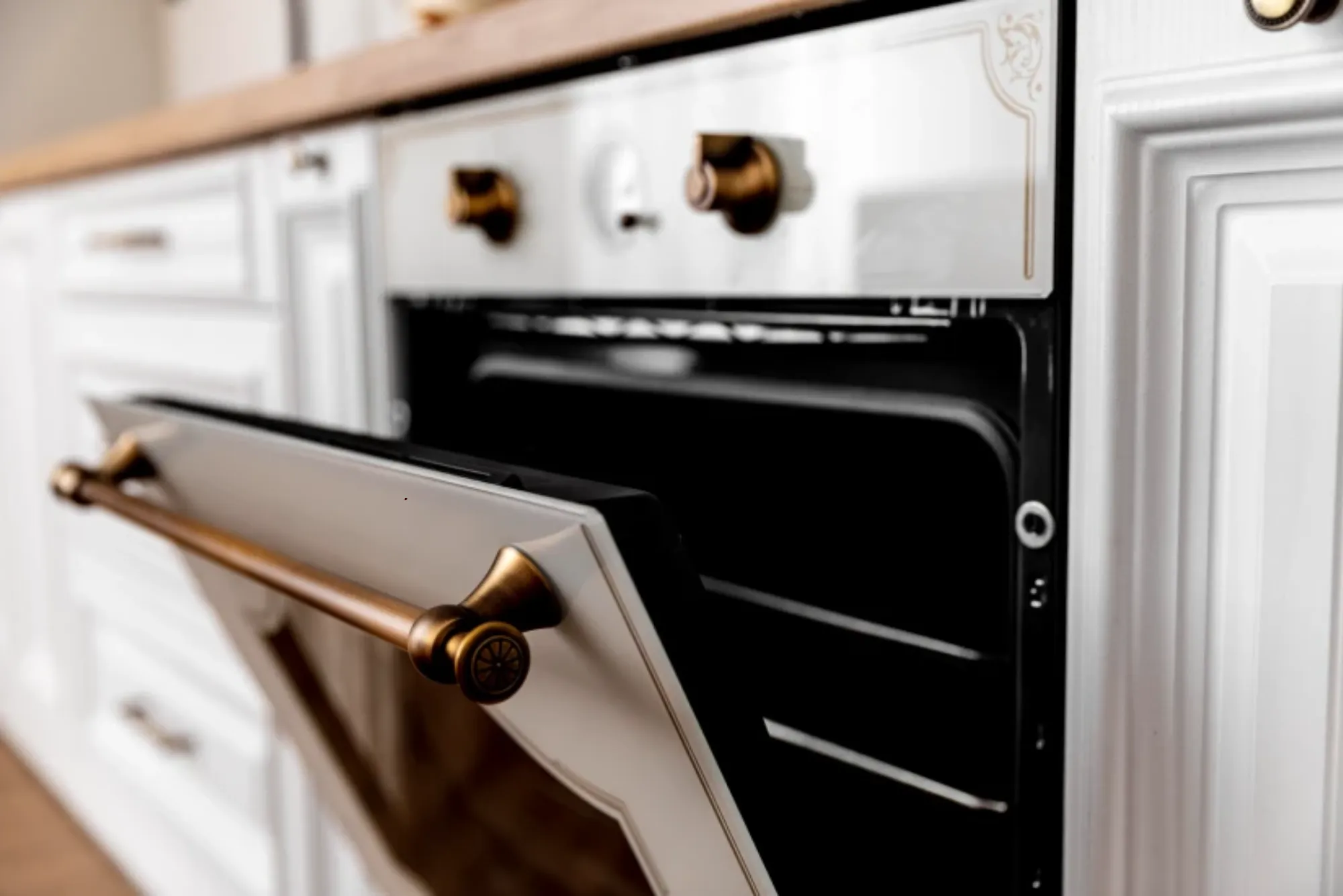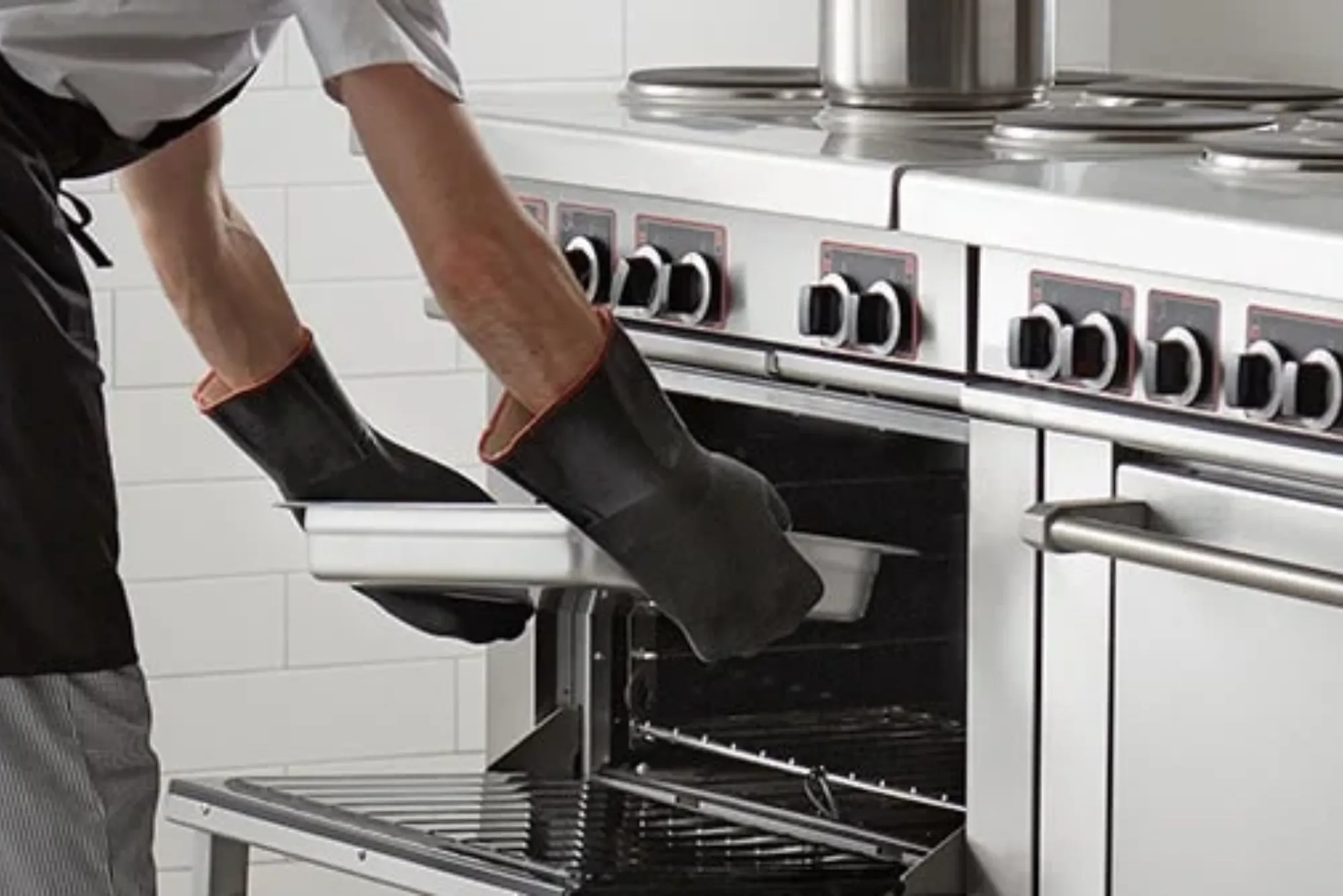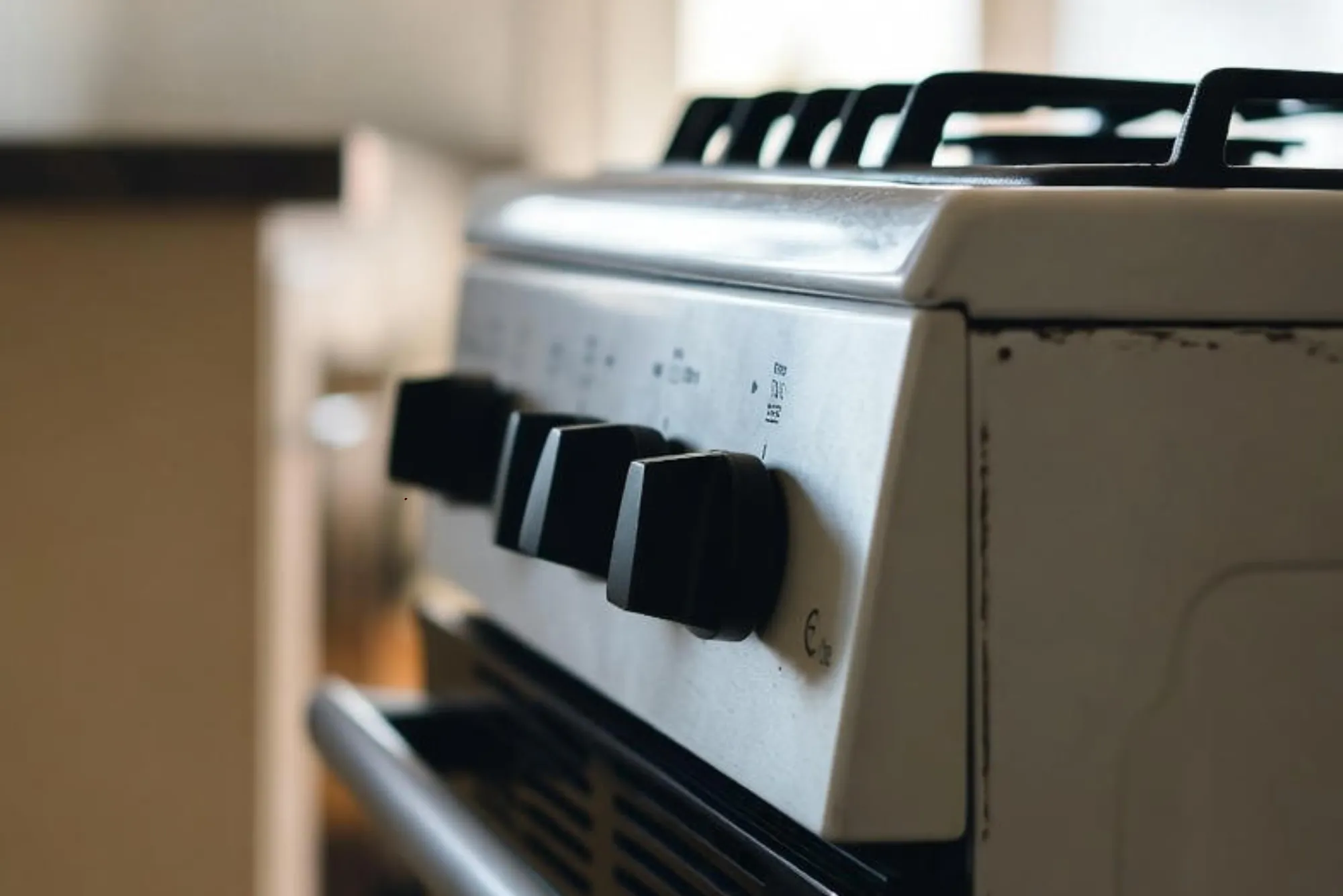A kitchen is more than just a space for preparing meals—it is a hub of daily life, a place where safety, efficiency, and comfort come together. Among the many appliances in a kitchen, the stove stands as one of the most critical. Whether fueled by gas or electricity, the stove is central to cooking, and its installation directly affects performance and safety. One often-overlooked aspect of proper installation is stove leveling. While it may seem like a small technical detail, ensuring that a stove sits level can have significant consequences for cooking results, appliance longevity, and household safety.
Why Stove Leveling Matters More Than You Think
The design of stoves assumes a flat, stable surface. When a stove is tilted, even slightly, its operation changes in ways that may not be immediately noticeable. Over time, however, these minor imbalances can compound into serious issues. A properly leveled stove not only guarantees even heat distribution in cookware but also reduces the risk of tipping, spillage, or malfunction. From maintaining the structural integrity of the appliance to ensuring the safety of everyone in the household, stove leveling is not a trivial detail—it is an essential part of responsible kitchen management.
Cooking Performance and Heat Distribution
The quality of cooking is directly tied to how level the stove is. When a stove tilts, pots and pans do not sit flat on the burners or cooking surface. This misalignment can lead to uneven heating, where one side of a pan cooks faster than the other. For delicate dishes that require precise temperatures—such as sauces, pastries, or seared proteins—this imbalance can compromise results. Over time, cooks may find themselves compensating for these inconsistencies without realizing the root cause is an improperly leveled stove.
On gas stoves, the issue is even more critical. Burners are designed to distribute flame evenly, but if the stove tilts, flames can favor one side of the pan, leading to undercooked or scorched food. Electric stoves and induction cooktops face similar challenges, as the cookware must maintain uniform contact with the heating surface. In every case, leveling the stove restores balance and enhances cooking performance.
The Role of Safety in Stove Leveling
Safety is perhaps the most compelling reason for stove leveling. A tilted stove creates an environment prone to spills and tipping accidents. Liquids such as boiling water, oil, or sauces may slide to one side of a pan, increasing the likelihood of overflow or dangerous splashes. For households with children or elderly members, even a slight imbalance can result in serious accidents.
Moreover, many stoves are heavy appliances that can shift over time if not stabilized correctly. A stove that is not level may strain its supporting legs, eventually leading to uneven weight distribution. This instability makes the appliance more prone to tipping if leaned on or bumped. Proper leveling eliminates these hazards, providing peace of mind that the stove will remain secure during daily use.
Gas Flow, Combustion, and Ventilation Considerations
In gas stoves, leveling influences not only the cooking surface but also internal mechanisms such as gas flow and combustion. When a stove is tilted, the alignment of burners and valves can be disrupted. Uneven pressure or misdirected flames may occur, potentially leading to incomplete combustion. This condition not only reduces efficiency but also increases the risk of carbon monoxide buildup—a serious health hazard in enclosed kitchen environments.
Ventilation systems are also designed with level installations in mind. Range hoods and exhaust fans rely on consistent positioning of the stove to effectively capture fumes, smoke, and steam. A stove that sits unevenly may alter the flow of rising heat and smoke, diminishing ventilation performance. By keeping the stove level, homeowners ensure both proper combustion and effective kitchen air quality management.
Appliance Longevity and Maintenance
Stoves are built to endure years of regular use, but improper leveling can shorten their lifespan. When unevenly positioned, the appliance experiences stress on its frame, joints, and legs. Over time, this stress can loosen connections, warp surfaces, or strain internal components. Burners may misalign, oven doors may fail to seal properly, and electronic controls can become less responsive due to structural shifts.
Additionally, an unlevel stove can affect oven performance. The distribution of heat inside the oven cavity depends on balanced placement. A tilted oven may cause food to cook unevenly or even lead to inconsistent thermostat readings. The result is frustration for the cook and gradual wear on the heating elements. Routine maintenance becomes more frequent, and repairs more costly. Leveling the stove at installation—and checking periodically thereafter—protects the investment in the appliance, extending its useful life.
Building Standards and Professional Installation
Building codes and manufacturer guidelines consistently emphasize the importance of stove leveling during installation. Technicians use specialized tools, such as bubble levels and adjustable feet, to ensure precision. A properly installed stove adheres to safety regulations, ensuring compliance with both warranty terms and insurance coverage. In contrast, an unlevel installation may void warranties or complicate claims if the appliance malfunctions.
Professional installers understand that leveling is not just about function but also about aesthetics. A stove that appears crooked in relation to countertops or cabinetry disrupts the visual harmony of the kitchen. Ensuring a flush, aligned fit is part of creating a kitchen space that is both safe and visually pleasing. Homeowners who attempt to install stoves without professional guidance may overlook these details, leading to complications that could have been avoided.
The Human Factor: Comfort and Confidence in Cooking
Cooking is both a practical necessity and a creative act. For those who spend significant time in the kitchen, even small inconveniences can affect the overall experience. A wobbly pan, a tilted surface, or an unpredictable oven undermines confidence and makes cooking less enjoyable. When the stove is level, the cook can focus fully on technique and creativity, knowing that the appliance will respond reliably.
This comfort extends beyond cooking performance. Families gather in kitchens not just for meals but also for conversations, teaching moments, and shared experiences. A safe, stable stove ensures that these moments are free from unnecessary hazards or distractions. In this sense, stove leveling contributes to the kitchen’s role as a welcoming and trustworthy environment.
Periodic Checks and Household Responsibility
Even after professional installation, stoves can shift due to floor settling, vibration, or heavy use. Periodic checks are therefore advisable. A simple bubble level or even a visual inspection can reveal whether adjustments are necessary. Homeowners should also remain attentive to subtle warning signs: pans sliding on the surface, oven doors failing to close evenly, or burners producing inconsistent flames. Addressing these issues early prevents larger problems from developing.
In households where appliances are moved for cleaning or remodeling, re-leveling becomes especially important. Repositioning a stove without confirming its balance risks undoing the careful work of installation. By treating stove leveling as an ongoing responsibility rather than a one-time task, homeowners safeguard both safety and performance.
A Small Step with Major Impact
At first glance, stove leveling may appear to be a minor technical detail. In reality, it is foundational to safety, efficiency, and satisfaction in the kitchen. A level stove enhances cooking results, prevents accidents, supports proper combustion, and extends appliance life. It ensures compliance with building standards and reflects a commitment to responsible household management.
In every respect, stove leveling is a small step with major impact. By paying attention to this detail, homeowners transform their kitchens into safer, more efficient, and more enjoyable spaces. The next time a stove is installed or repositioned, a simple check of its balance can make the difference between years of reliable performance and a cycle of frustration, risk, and repair. Leveling the stove is not just about precision—it is about creating the conditions for culinary success and everyday peace of mind.




